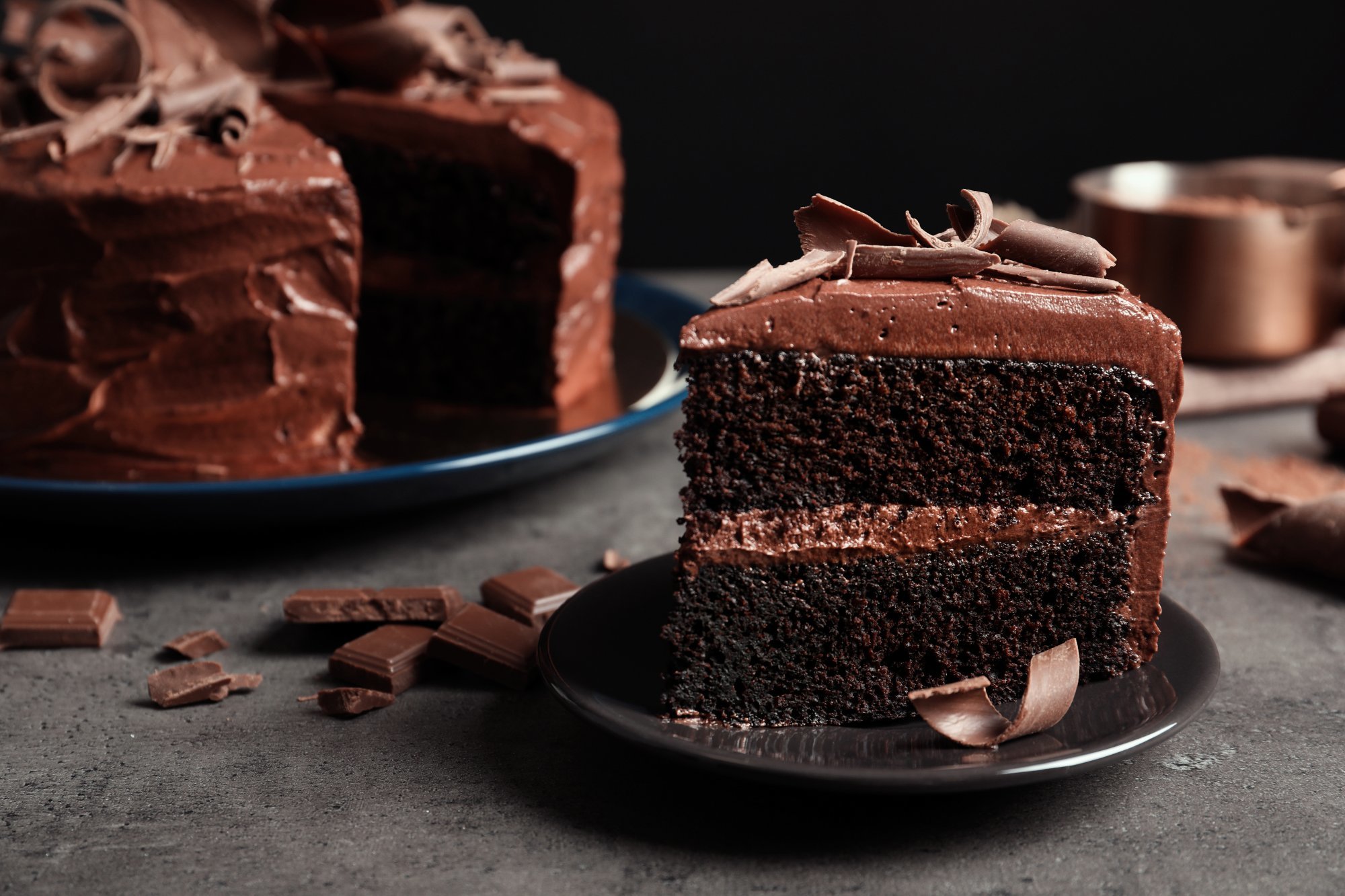High Altitude Cooking and Baking at 9,600 feet
The Difficulty
Air pressure is lower at high altitude which can wreak havoc for those accustomed to sea level cooking and baking standards. High altitude causes water to boil at a lower temperature and evaporate faster, requires longer times for cooking and baking, and results in leavening gases expanding faster. The boiling temperature in Breckenridge is  closer to 194° F rather than the standard 212° F. As most recipes are written for sea level cooking, these subtle changes at high altitude can deflate the baking spirits faster than watching a cake fall. As always, we're here to help.
closer to 194° F rather than the standard 212° F. As most recipes are written for sea level cooking, these subtle changes at high altitude can deflate the baking spirits faster than watching a cake fall. As always, we're here to help.
Beans & Pasta
Miners ate from an opened can of beans pulled right off the campfire. This is easy to picture if you've ever found a rusty old can while hiking around ghost towns. The steel cans (made of real steel without poisonous linings) could conveniently be heated to warm the contents. However, there was no way miners could get dried beans cooked in the mining cabins around Breckenridge. In modern age at high altitude, using a pressure cooker is the only way to ensure you can complete the process of softening any bean denser than a lentil. For other items that require boiling, like pasta, the simple equation is to add more time.
Baking
To adjust most recipes to high altitude, add more liquid, more structure, less leavening and less sugar. Cakes rise too quickly with less atmospheric pressure (even less at higher and higher altitude) and will rise past their structural integrity. Raise oven temperature at least 25°F so that the cake hits maximum rise at the same time it hits the approximately 200° F gelation point (doneness). To improve structure, because you can't raise the oven temperature too high or the cake with just burn, add an egg and up to approximately 3 T more flour.
High Altitude Baking Rules of Thumb:
- Increase liquid by 2-4 T per cup for every 1,000 feet of altitude.
- Reduce sugar by 1-2 T for every 3,000 feet (the town of Breckenridge is 9,600 feet and some surrounding homes sit upwards of 11,000 feet).

- Reduce leavening agent (baking soda and baking powder) by 1/8 to 1/4 tsp.
- Increase oven temperature 25 degrees for 6,000 feet. Proportionally this would be 40 degrees for 9,600, but unless protection from browning and burning is added, this is probably not feasible
- Increase flour by 1-4 T. One tablespoon for the first 3,000 feet and then one more for each additional 1,500 feet. Increasing flour should not cause the cake to be dry, especially because extra liquid is added.
- Add an extra egg to help hold the structure.
- Fill baking pans only one-third full instead of one-half full.
Resources for High-Altitude Cooking & Baking:
- USDA High Altitude Cooking and Food Safety
- Private Culinary Classes at Colorado Mountain College - Summit County
News and new listings First - Sign Up!
